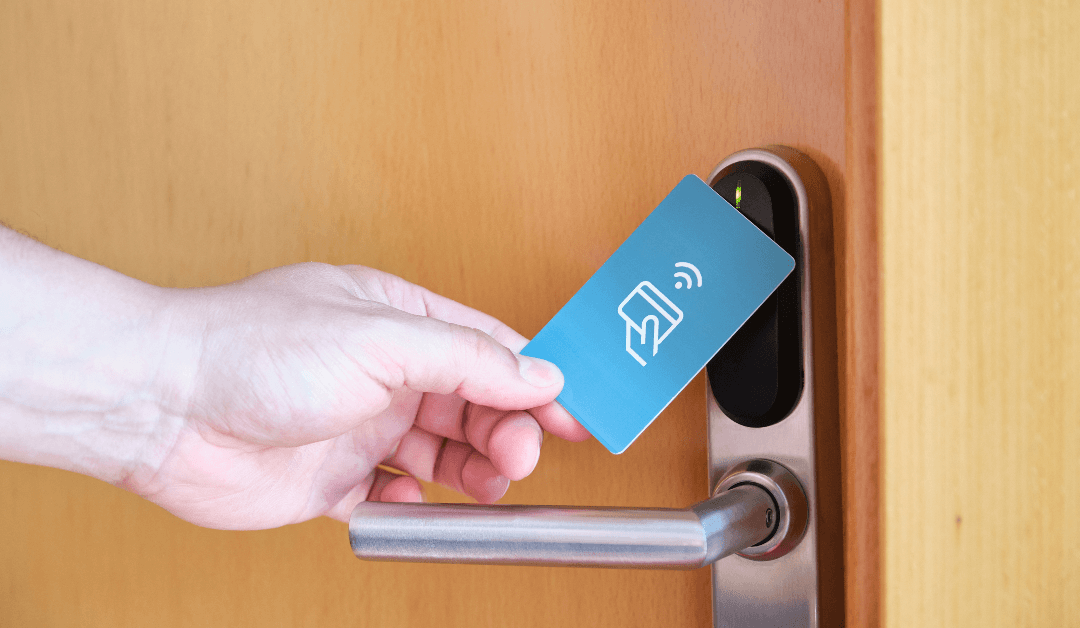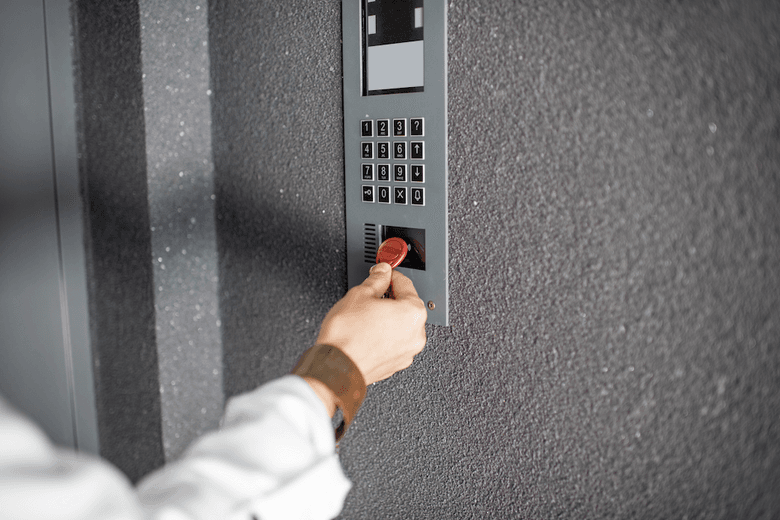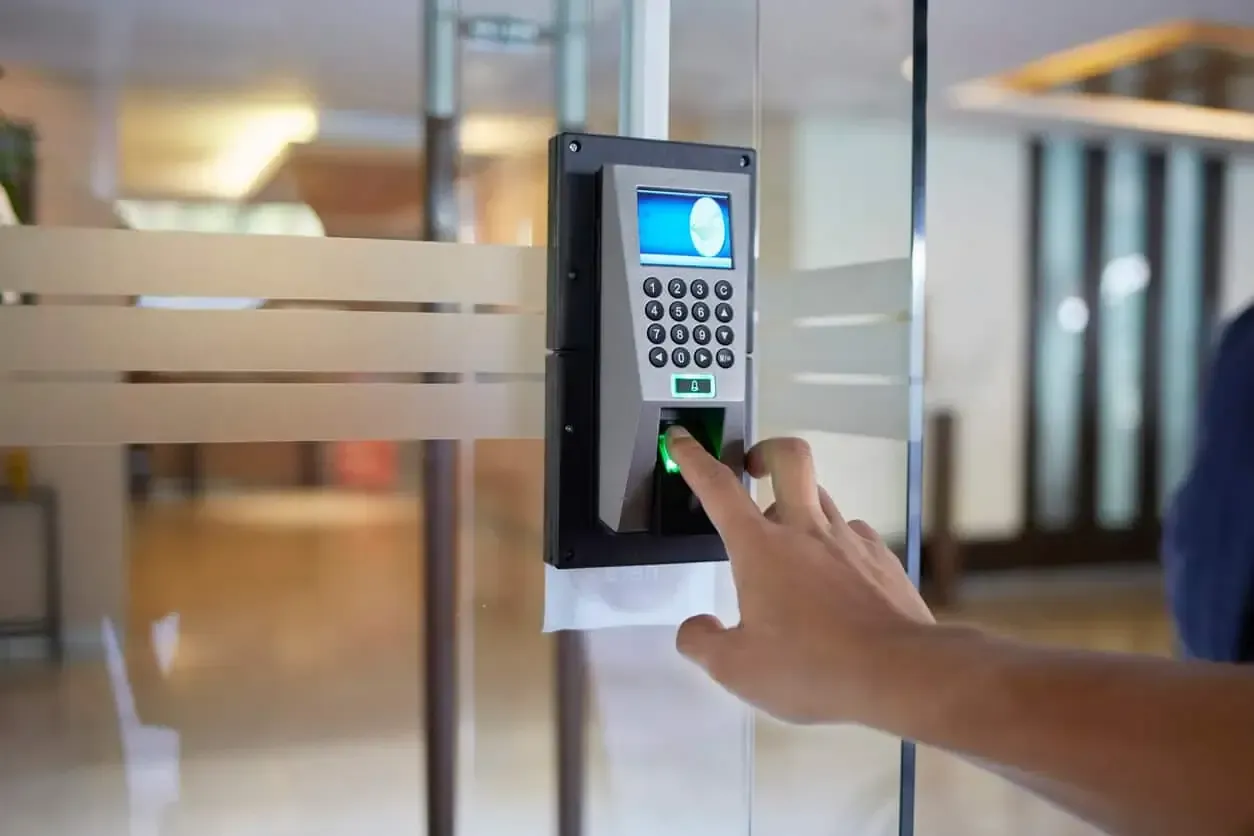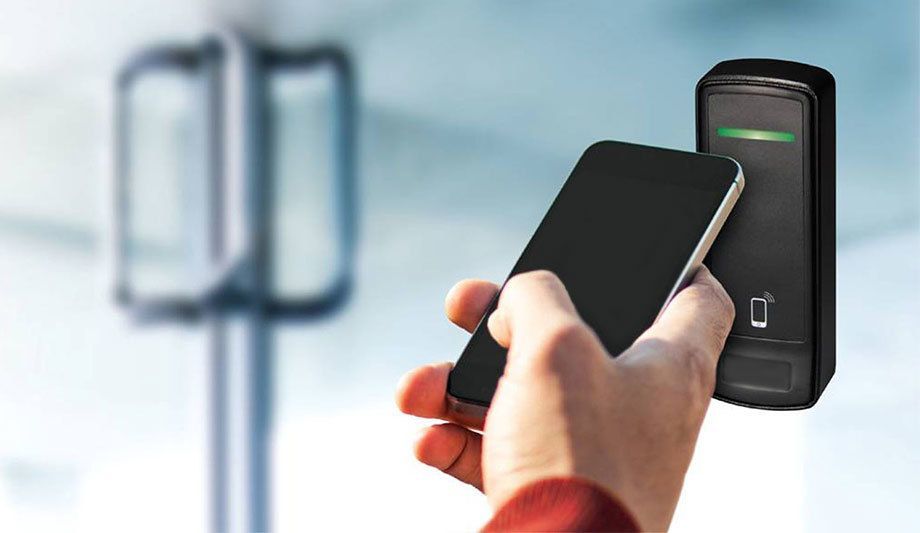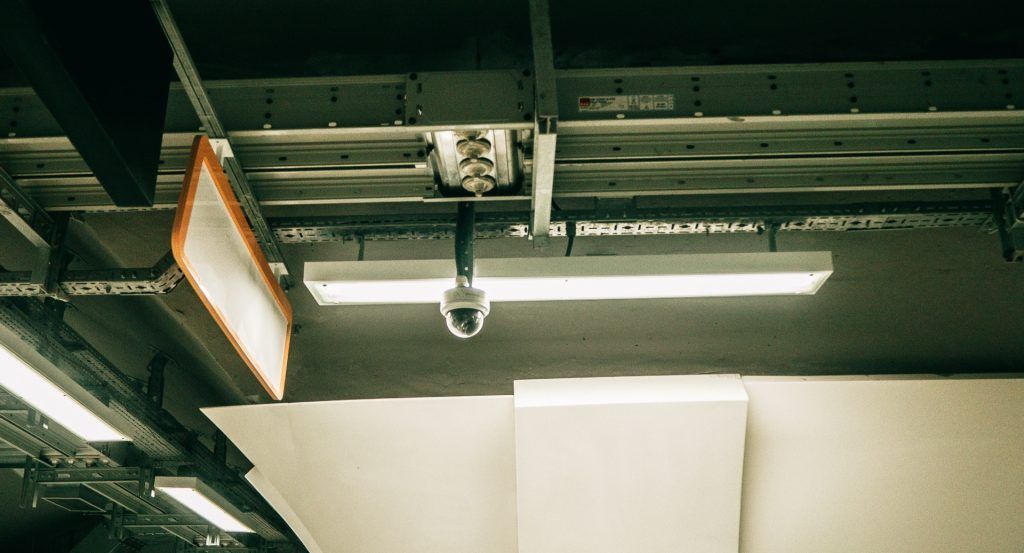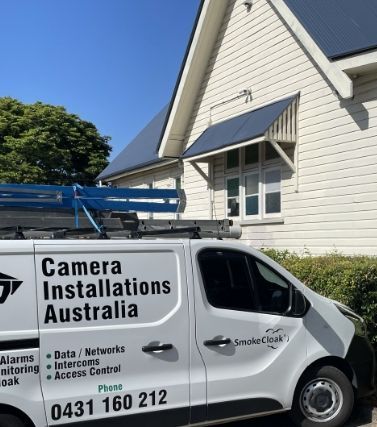Access Control
Manage Secure Entry with Advanced Technology
Break ins in
QLD 2023
185,300
Australian Bureau of Statistics
Home Car Theft
QLD 2023
14,000
20% rise in claims RACQ 2023
Malicious Property Damage QLD 2023
367,900
Australian Bureau of Statistics
What is an Access Control System?
Access control systems are electronic systems designed to regulate who can enter specific areas of a building or property. Unlike traditional lock-and-key methods, access control systems allow property owners and managers to track entry, set permissions, and adjust security on demand. Whether using a fob, swipe card, or secure door access system, these solutions offer unparalleled control over who can enter and when.
The benefits of access control systems extend beyond just securing doors.
Enhanced Security: Access control limits entry to authorised individuals, reducing the risk of unauthorised access, theft, and vandalism.
Convenience and Flexibility: Instead of managing physical keys, access control systems allow entry via a fob, swipe card, or code. This also makes it easy to update permissions without needing to rekey locks.
Detailed Access Tracking: Access control systems provide an audit trail, allowing you to monitor entry activity in real-time. This is particularly useful for tracking attendance, identifying suspicious activity, and conducting security investigations.
Types of Access Control Systems
At Camera Installations Australia, we offer a variety of access control systems, ensuring that every client receives a solution tailored to their specific needs and environment. Here are the primary types we install and maintain:
Access Control Brands We Trust
At Camera Installations Australia, we work with reputable access control brands known for their reliability, durability, and advanced technology. Some of the trusted brands we offer include:
Tecom
Known for its robust and scalable systems, Tecom is a leader in access control technology with versatile solutions that can integrate with broader security networks.
Inner Range
Inner Range offers powerful access control systems that are both cost-effective and technologically advanced. Their systems are flexible and are well-suited for businesses of all sizes.
Bosch
With a reputation for quality and innovation, Bosch provides reliable access control solutions with comprehensive features, such as biometric access, integration with alarm systems, and user-friendly interfaces.
Key Features of Modern Access Control Systems
Real-Time Monitoring and Alerts: Real-time monitoring enables property managers to oversee entry activity instantly. Alerts can also be sent when unusual or unauthorised access attempts occur.
Integration with Security Systems: Our access control systems can integrate seamlessly with security cameras, alarm systems, and fire alarms, providing an all-in-one security solution.
Remote Management and Control: Manage access permissions and monitor entry points remotely, making it easy to secure premises across multiple locations from a single dashboard.
Custom Access Levels and Schedules: You can assign different access levels and time restrictions for each user. This is useful for managing shifts and controlling access to restricted areas.
Our Process
Why Choose Camera Installations Australia?
With years of experience in security solutions, Camera Installations Australia is committed to delivering high-quality access control systems across Brisbane, the Gold Coast, and surrounding areas. Here’s what sets us apart:
Experienced Technicians: Our team is certified in the latest access control technologies, ensuring every installation is done to the highest standard.
Customised Solutions: We work with you to design an access control solution that fits your property’s needs and budget.
Quality Brands: Our trusted partnerships with Tecom, Inner Range, and Bosch mean you’ll receive reliable, top-quality products backed by industry-leading support.
Transparent Pricing: We offer upfront pricing with no hidden costs, so you know exactly what to expect.
For secure, convenient, and reliable access control solutions in Brisbane and the Gold Coast, contact Camera Installations Australia today. We’re here to help you secure your property with advanced technology that offers peace of mind and complete control over your entry points.
FAQs
Got a question? We’re here to help.




